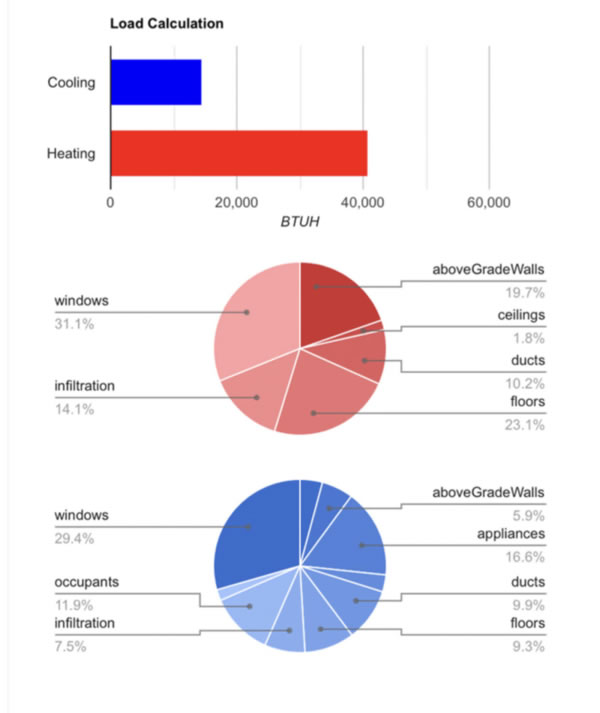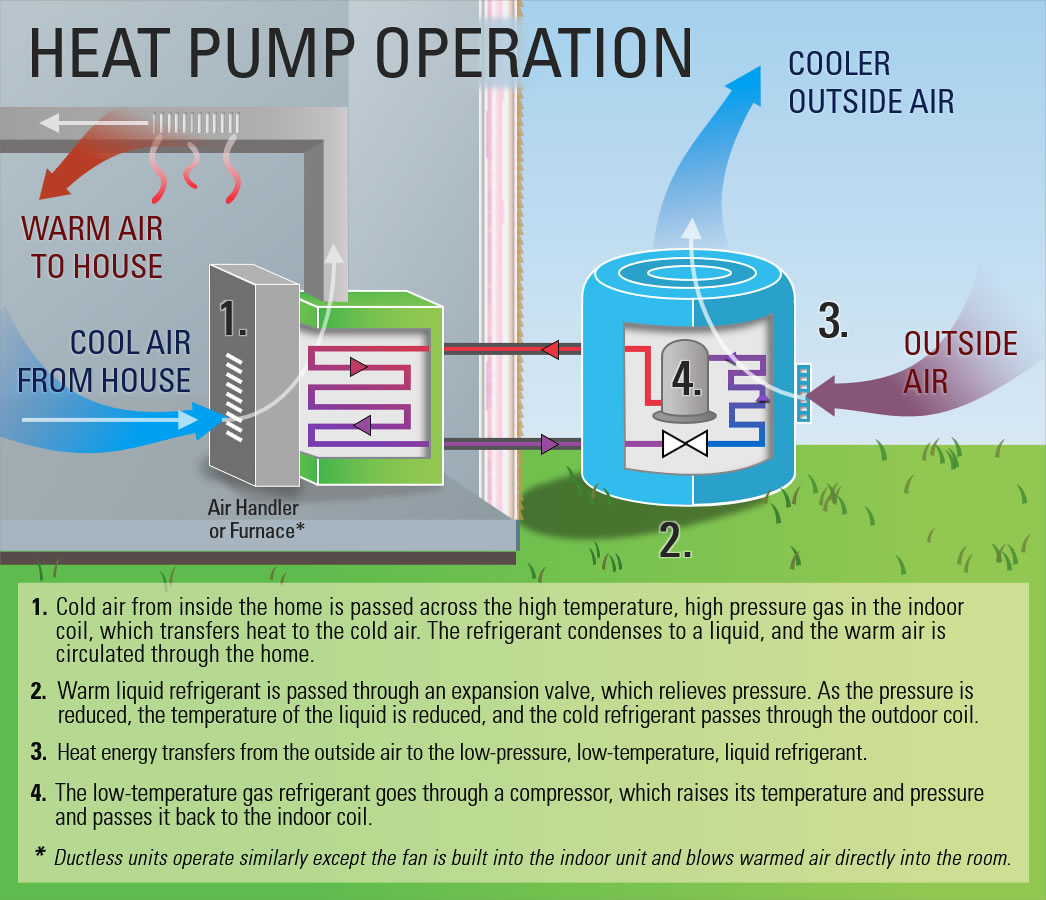Enclosure
When a new home is being designed and built there are significant opportunities for improving the energy efficiency, durability and comfort of the new building. Unfortunately very few of these opportunities are considered. Often it is because the architect, engineer or contractor, are simply not aware of how to improve the performance of a home. The result is often a home that meets the minimum standards of code but falls far short of the potential for real energy efficiency and comfort.
There is a lot of buzz about alternative building materials and many of them have exciting potential. Many of the materials also have significant pitfalls. By using performance based criteria we can build homes or additions with traditional materials that exceed most of the alternative building materials available. What it comes down to is using your budget wisely. If what you care about is how well the end building performs in terms of cost and energy savings, rather than product claims, we are here to help you.
Building heating & cooling load calculations
Have you ever wondered why one room is too hot or another is too cold? Have you ever experienced being uncomfortable even when your thermostat tells you the room temperature is 70F? Is your floor too cold and your ceiling too hot? Don’t worry you’re not alone and we know how to resolve these kinds of problems. It’s unfortunate that it’s normal to have such low expectations for home comfort. Most home heating and cooling systems were never designed to meet the house’s demands on a room by room basis. It’s not rocket science but it does take a little thought to make sure the right amount of energy is delivered to each space. A well designed system can maintain very uniform temperatures; room to room, ceiling to floor and story to story. When comfort is at stake it’s important to change not just the air temperature, but all the surface temperatures in the building.
It’s pretty rare for companies to do a Manual J. Most heating and cooling systems are designed by guesswork and rules of thumb. On the other hand, there are some companies who do building load calculations but miss the critical step of verifying that their designs work after they are installed. This is called commissioning a system. When we commission our systems we confirm our original load calculation, which results in finely tuned systems that provide true comfort. In order to continue getting better at what we do we must always seek feedback on our original assumptions and make modifications along the way. It might sound intuitive, it’s just not common.

Ventilation design and installation
Most homeowners understand the importance of properly insulating their homes, but far too many overlook the ductwork. If your uninsulated ductwork is located in an attic, basement, or crawl space, you’re losing energy and money. If you think your HVAC system is inefficient or underperforming, the problem may actually be that you need to insulate and encapsulate your ductwork.
Premier eco builders help you identify the real cause of heating and cooling problems in your home. We provide complete duct insulation and duct encapsulation services to ensure that your home is as comfortable and efficient as possible. Call us today to get started with an estimate
The attic, crawl space, and an unfinished basement are all unconditioned spaces — meaning you don’t pay to heat and cool them. If you have ductwork in one of these areas, the duct temperature will be the same as the temperature of the space.
This means that your heating system has to change the temperature of the ductwork before it can actually heat or cool your living space. On cold winter days the air you pay to heat is cooled by the ducts before it ever reaches the vents, meaning your furnace has to work that much harder to warm up the home. Duct encapsulation will prevent this from happening. On hot summer days, the reverse is true as cold air from the air conditioning system is heated by the ductwork.
Premier eco builders can help you solve these problems with duct encapsulation, sealing and insulation. Home energy experts recommend that ducts should be sealed as well as insulated, and it’s very cost-effective to have this work performed at the same time.
Ducts are inherently leaky because of all the joints between duct sections and fittings. Energy is wasted when conditioned air leaks out of ducts, and when unconditioned air leaks in. Leaky ducts also create indoor air quality problems by drawing attic, basement and crawl space air into the air supplied to the living space.
Once your ducts are sealed, we only use R-8 insulated ductwork this ensures that the ducts stay the same temperature as the air you’re paying to condition, limiting your heating and cooling costs and allowing your home to reach the temperature you want faster.
When you insulate and seal ducts, not only will you see a significant improvement in your home’s comfort and energy efficiency, but you will also save a substantial amount of money.
How Heat Pumps Work
Are you interested in replacing the air conditioning or heating system in your home? You might want to consider replacing it with an air-source heat pump. These systems provide cool air in the hot seasons like standard air conditioners, but they also can supply your home with heat in the cold seasons.
How Heat Pumps Work in the Summer
During the summer months, a heat pump works similar to how a standard air conditioner would. Air conditioners use refrigerant to absorb the heat in your home and transfer it to the outside air. This is achieved by adjusting the pressure of the refrigerant fluid. At low pressures, the refrigerant will easily absorb any heat available in the air and evaporate from a liquid to a gas. At high pressures, a gas refrigerant is higher energy than the outside air, so it passes heat to the surrounding air and the refrigerant condenses back to a liquid when it cools. By controlling the pressure of the refrigerant, an air conditioner will extract heat from your home, even on the hottest days.
How Heat Pumps Work in the Winter
Heat pumps will use this same cycle “ in reverse” in the cold seasons to extract the heat energy from the outside air and transfer it into your home. Even when it’s very cold outside, there is still an amount of heat energy in the outside air. Because the outdoor air has higher energy than the cold low-pressure refrigerant, the refrigerant will then absorb that heat and evaporate. Similar to the air conditioning cycle, gas refrigerant can be pressurized, which will raise the temperature. When the refrigerant is piped back into your home, it is then used to heat up the air inside, until the heat is extracted and it condenses back into a liquid and the cycle continues.
How Heat Pumps Save Energy
Heat pumps are more energy efficient because they move heat from one area to another rather than generating it themselves, therefore a heat pump will use less energy to warm your home than a conventional electric or gas system would. If you are replacing a central air conditioning system, heat pumps can work with the existing ductwork you have in your home or are available as mini-split/ductless units, if your home does not have any existing ductwork.
